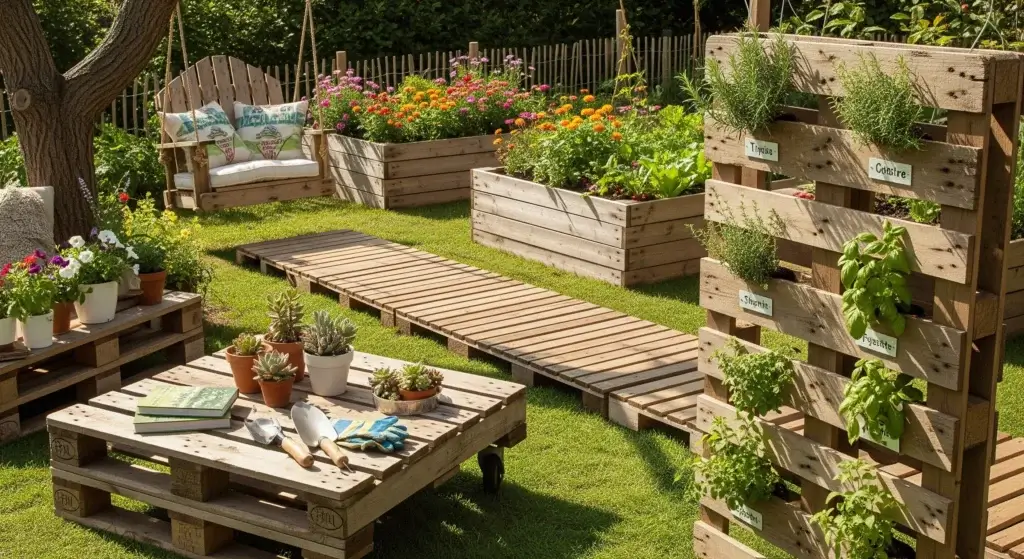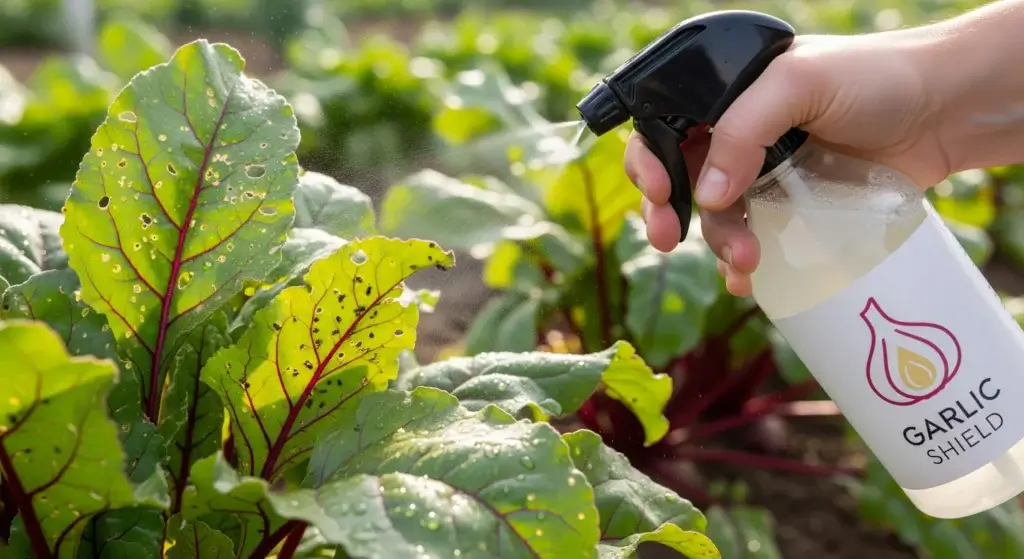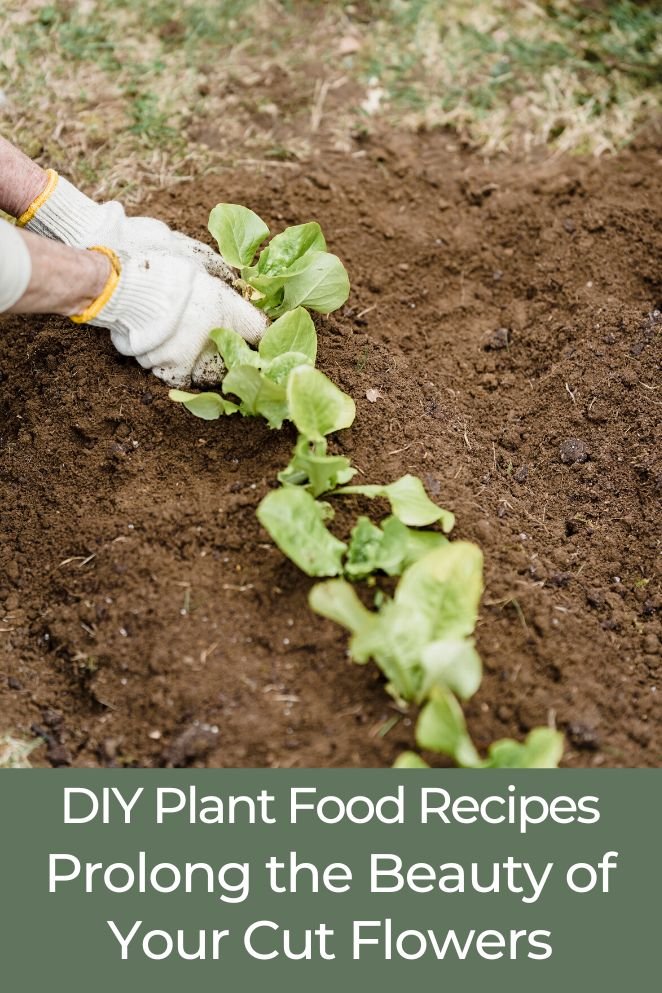
Cut flowers are a beautiful addition to any home or event, but they require proper care to maintain their vibrant colors and longevity.
One essential aspect of cut flower care is providing them with the right nutrients and environment.
While commercial flower food is readily available, making your own DIY plant food for cut flowers is a cost-effective and eco-friendly alternative.
In this blog post, we will explore various DIY plant food recipes for cut flowers, their benefits, and tips for maintaining freshness.
DIY Plant Food Recipes for Cut Flowers
Indulging your cut flowers with nourishing homemade plant food can significantly enhance their vitality and longevity.
Here are several DIY recipes designed to provide essential nutrients and create an optimal environment for your beloved blooms:
- Read also: A Guide to DIY Plant Wall Indoor
- Read also: A Guide to DIY Plant Wall Shelf Ideas
Basic home recipe
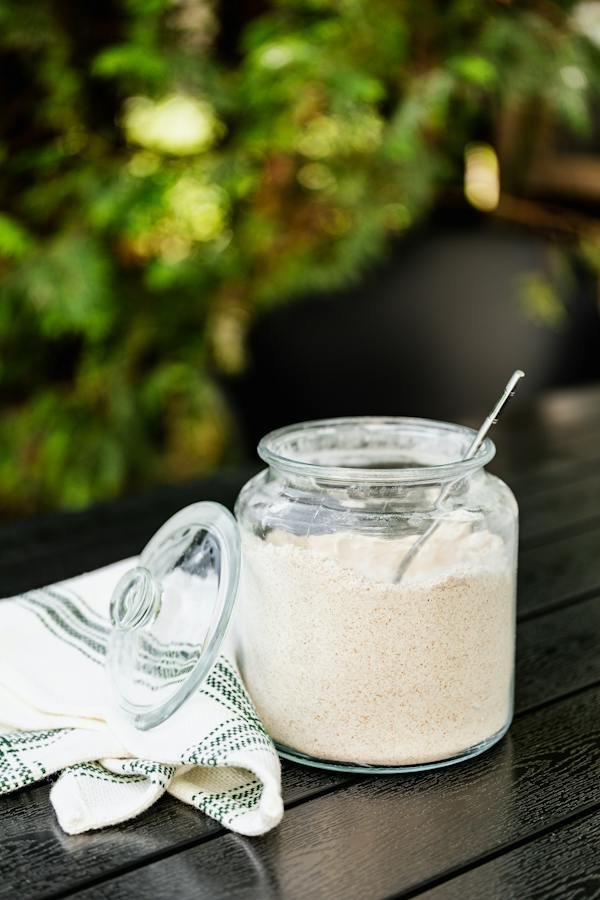
Ingredients
- 1 quart water,
- 2 tablespoons lemon juice,
- 1 tablespoon sugar,
- 1/2 teaspoon bleach.
Purpose
The sugar supplies much-needed carbohydrate energy, and the bleach acts as a growth inhibitor for fungi and bacteria, prolonging the freshness of your cut flowers.
The lemon juice adds a touch of acidity, promoting water uptake.
Sugar and vinegar recipe
Ingredients
- 400-500ml water,
- 1 tablespoon sugar,
- 1 dessertspoon vinegar,
- 1-2 drops of bleach.
Purpose
The sugar provides an energy source, while the vinegar and bleach collaborate to maintain a clean environment.
This recipe combines the benefits of sugar for nourishment with the cleaning properties of vinegar and bleach.
Lemon-lime soda recipe
Ingredients
- 1 part lemon-lime soda (fresh or flat),
- 3 parts lukewarm water.
Purpose
Offering a sweet treat to your cut flowers, this recipe supplies sugar and citric acid.
However, it does not include bleach, so it may not provide the same level of antibacterial support as other recipes.
Lemon juice, sugar, and bleach recipe
Ingredients
- 2 tablespoons lemon juice,
- 1 tablespoon sugar,
- 1/4 tablespoon bleach in 1 quart lukewarm water.
Purpose
This recipe strikes a balance by combining acidity from lemon juice, carbohydrate energy from sugar, and antibacterial assistance from bleach.
The trio collaborates to create an environment that supports both hydration and cleanliness for your cut flowers.
Vinegar and sugar recipe
Ingredients
- 2 tablespoons white vinegar,
- 2 tablespoons sugar in 1 quart lukewarm water.
Purpose
Combining acidity from vinegar with the energy boost from sugar, this recipe creates a nourishing blend. However, similar to the soda recipe, it lacks the antibacterial element provided by bleach.
Tips for usage
- Change the water and refresh the plant food every few days to maintain optimal freshness.
- Trim the stems at an angle before placing flowers in the solution to enhance water absorption.
- Ensure the vase is clean to prevent the growth of harmful microorganisms.
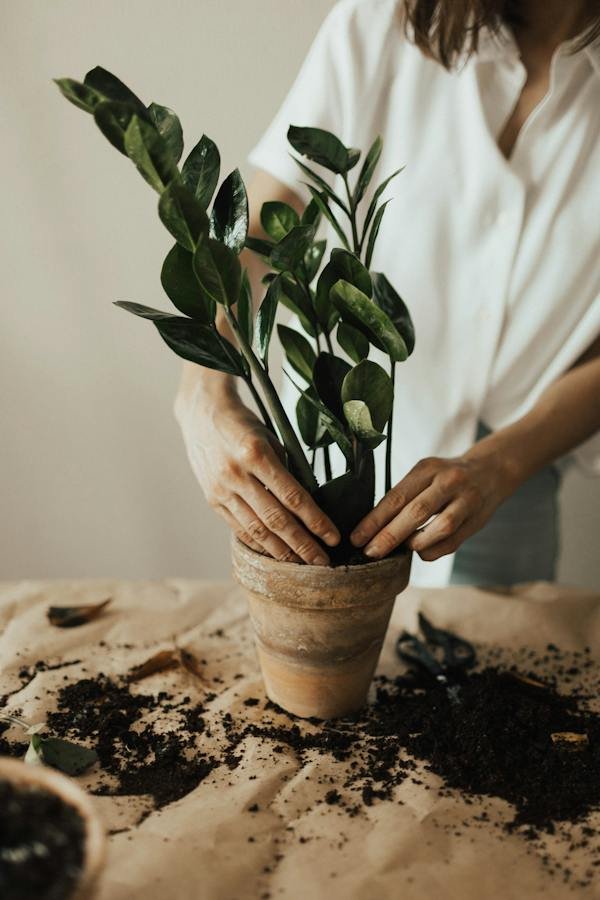
Benefits of DIY Plant Food for Cut Flowers
Opting for DIY plant food not only adds a personal touch to your flower care routine but also comes with several advantages that go beyond nurturing your blooms.
Cost-effective
One of the most significant benefits of DIY plant food is its cost-effectiveness.
Creating your own flower food using readily available household items proves to be a budget-friendly option compared to purchasing commercial alternatives.
This financial advantage allows you to care for your cut flowers without breaking the bank, making it an accessible solution for flower enthusiasts.
Eco-friendly
Embracing a DIY plant food strategy contributes to an eco-friendly approach to cut flower care.
By utilizing common household ingredients, you reduce the need for purchasing single-use commercial products, minimizing packaging waste.
This sustainable choice aligns with environmentally conscious practices, offering a greener alternative for those who prioritize eco-friendliness in their flower care routines.
Customizable
DIY plant food recipes are highly customizable, allowing you to tailor the nutrient composition based on the specific needs of your cut flowers.
Whether your blooms thrive with a bit more acidity, additional nutrients, or a boost of antibacterial support, you have the flexibility to adjust the ingredients accordingly.
This personalized approach empowers you to address the unique requirements of different flower varieties, ensuring optimal care for each arrangement.
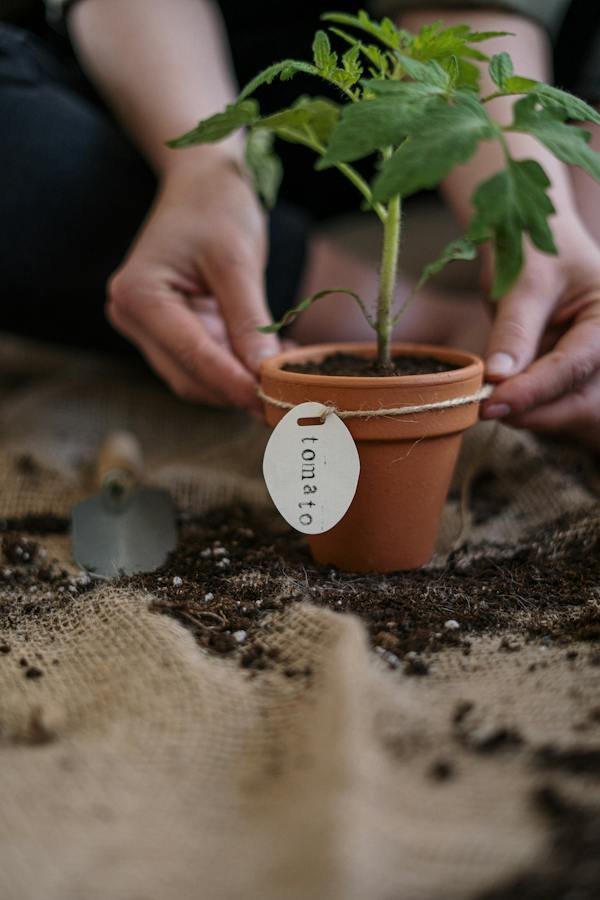
Tips for Maintaining Freshness
Ensuring your cut flowers maintain their freshness involves more than just placing them in a vase.
Adopting these practical tips can significantly enhance the lifespan and vibrancy of your floral arrangements:
Clean vase
Start by thoroughly cleaning the vase before arranging your flowers.
A clean vase helps prevent the growth of harmful bacteria, ensuring a healthy environment for your cut flowers.
Rinse the vase with mild soap and warm water, and consider adding a few drops of bleach to further disinfect it.
Trim stems
Before placing your flowers in the vase, trim the stems at an angle.
This practice eliminates dried and potentially sealed ends, allowing the stems to take up water more effectively.
Using sharp scissors or floral shears, make the cut underwater to prevent air from entering the stems.
Remove lower leaves
Remove any lower leaves that may come in contact with the water.
Submerged leaves can become a breeding ground for bacteria, potentially compromising the freshness of your cut flowers.
Keep only the leaves that sit above the water line to maintain a clean and bacteria-free environment.
Change water regularly
Regularly changing the water in the vase is crucial for maintaining freshness.
Every two to three days, empty the vase, clean it and add fresh water.
This simple yet effective practice prevents the accumulation of bacteria and ensures your flowers have access to clean water, promoting optimal hydration.
Avoid direct sunlight
position your cut flowers away from direct sunlight.
Exposure to direct sunlight can accelerate wilting and compromise the freshness of your blooms.
Choose a location with indirect or filtered light to preserve the vibrant colors and natural beauty of your arrangement.
Monitor water level
Keep a close eye on the water level in the vase.
Ensure that the stems remain submerged to prevent dehydration.
Additionally, monitor the condition of the flowers, removing any wilted or spent blooms promptly to encourage the vitality of the remaining blossoms.

Conclusion
The combination of DIY plant food and freshness-maintaining practices creates a holistic approach to cut flower care.
It not only benefits your budget and the environment but also allows you to revel in the enduring beauty of your cut flowers.
With a touch of DIY care, you can savor the joy of vibrant blooms for an extended period, making each floral arrangement a delightful and sustainable indulgence.
- Read also: DIY Plant Hangers with Rope
- Read also: DIY Garden Decor Ideas for a Stunning Outdoor Oasis
FAQs
DIY plant food for cut flowers provides the necessary nutrients and environment for the flowers to maintain their vibrant colors and longevity.
DIY plant food for cut flowers is cost-effective, eco-friendly, and customizable, allowing for a more personalized approach to flower care.
Tips for maintaining freshness in cut flowers include using a clean vase, trimming stems, removing lower leaves, changing water regularly, and avoiding direct sunlight.


